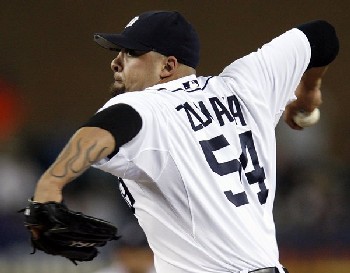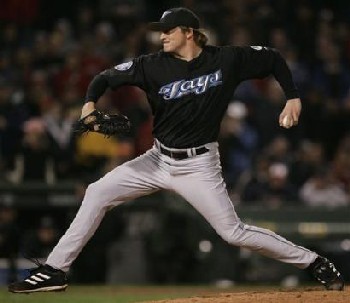Evaluating Pitching Mechanics at Stride Foot Contact
March 26, 2017
By Dan Williams
West Virginia Director of Scouting
While my first love is baseball my day-to-day job for the past 26 years has been that of a physical therapist. Over that time I have spent a great deal of time studying the mechanics of pitching and plan to share some of what I have learned periodically.
Upper body positions at stride foot contact
The purpose of this article is to familiarize the reader with some of the nomenclature presently becoming popular in describing positions related to the upper body and upper extremities at the time of front foot contact. While the overall biomechanical analysis related to each position is beyond the scope of this article suffice it to be noted that some pitching coaches feel that the identification of these positions can be helpful in predicting durability limitations among pitchers. That is not to say that a significant number of athletes have not pitched successfully with limited injury history while demonstrating these mechanics. This mechanical analysis is only one factor in a complex equation related to injury in pitching.
inverted W
The inverted W or M (used less frequently) describes a position in which both elbows are elevated above shoulder height with the forearms pointing toward the ground. The degree of elbow bend subsequently correlates to the angles formed by the legs of the W/M.
inverted v
The inverted V position is essentially one half of the inverted W. The throwing arm position mimics the inverted W with the elbow above shoulder height and the elbow bend and forearm position coinciding with inverted W. If picturing accurately it is easy to see throwing arm in an inverted V position. The front arm will assume a more standard position unlike the inverted W.
inverted L
The inverted L position describes the throwing elbow at approximately shoulder height with a bend of approximately 90 degrees. The forearm is pointed down. Correlative to this description the pitching forearm would provide the short leg of the L and pitching upper arm in line with the upper front arm the long leg of the L. The degree of front elbow bend may vary.

RECENT WV NEWS
- PBRPLUS - Mar 25, 2017
The Rode Show: Quiet Day For Adell - PBRPLUS - Mar 24, 2017
The Buzz: Arocho Commits To Northwest Florida State JC - PBRPLUS - Mar 24, 2017
The Rode Show: Boyle Strikes Out 11, Battles Control - PBRPLUS - Mar 24, 2017
2017 Draft Blog - WV - Mar 23, 2017
2017 High School Season Off and Running - PBRPLUS - Mar 23, 2017
On the Hunt: 2018 National Rankings Edition


